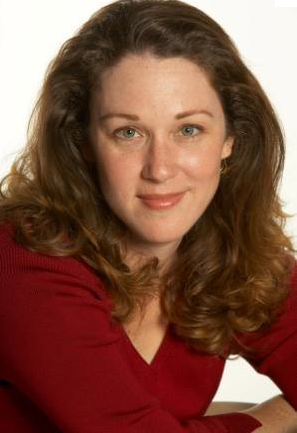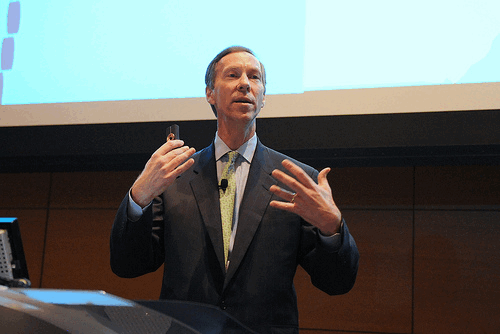
Jennifer Deal earned her Ph.D in industrial/organizational psychology and currently serves as senior research sceintist for the Center for Creative Leadership.
As I mentioned in yesterday’s post, there were eight amazing speakers at the 15th Annual Wharton Leadership Conference — one of them being Jennifer Deal, senior research scientist at the Center for Creative Leadership (CCL). Deal’s work focuses on global leadership and generational differences, especially within the workforce. In fact, Wharton uses her research in many of their MBA classes to prepare future business leaders for the generational challenges.
It is known that currently there are four generations within the workforce: Silents (those born between 1925 and 1945), Baby Boomers (born 1946 to 1964), Generation X (born 1960 to 1981) and Millenials (born 1982 to 2001). It is also known that each generation differs greatly and trying to manage all four (or even two, for that matter) within the workplace is a challenge for anyone.
Deal stressed the following:
- Newer generations (some Xers and most Millenials) struggle with the ability to take direction from authority. According to Deal, this personality trait stems for the way most of them were raised — their parents played more of the “friend” role than the “authority figure” role. It is, therefore, natural for them to “dislike being told what to do,” Deal stated
- Older generations (Silents and Baby Boomers) are challenged by the ever-evolving technology landscape
- Newer generations (mostly Millenials) expect immediate gratification and acknowledgement, meaning they desperately want their achievements to be recognized, and recognized immediately
- Newer generations (mostly Millenials) are desperate for feedback. They want to know what to do to succeed.
Encouraging each generation’s strengths and working to improve their weaknesses is what any good leader or manager must work towards.
In closing, Deal reminded us of three key points:
- The environment affects the employee landscape
- People of all generations want respect and are pretty much equally committed to their organization
- Conditions change
Check back over the next several days for more posts relating to the amazing speakers I was fortunate enough to hear at the Wharton Leadership Conference, including Jane Golden, executive director of the City of Philadelphia Mural Arts Program; James Quigley, author of As One; and senior partner at Deloitte; and Colonel Jack Jacobs, NBC analyst and recipient of the Medal of Honor.



